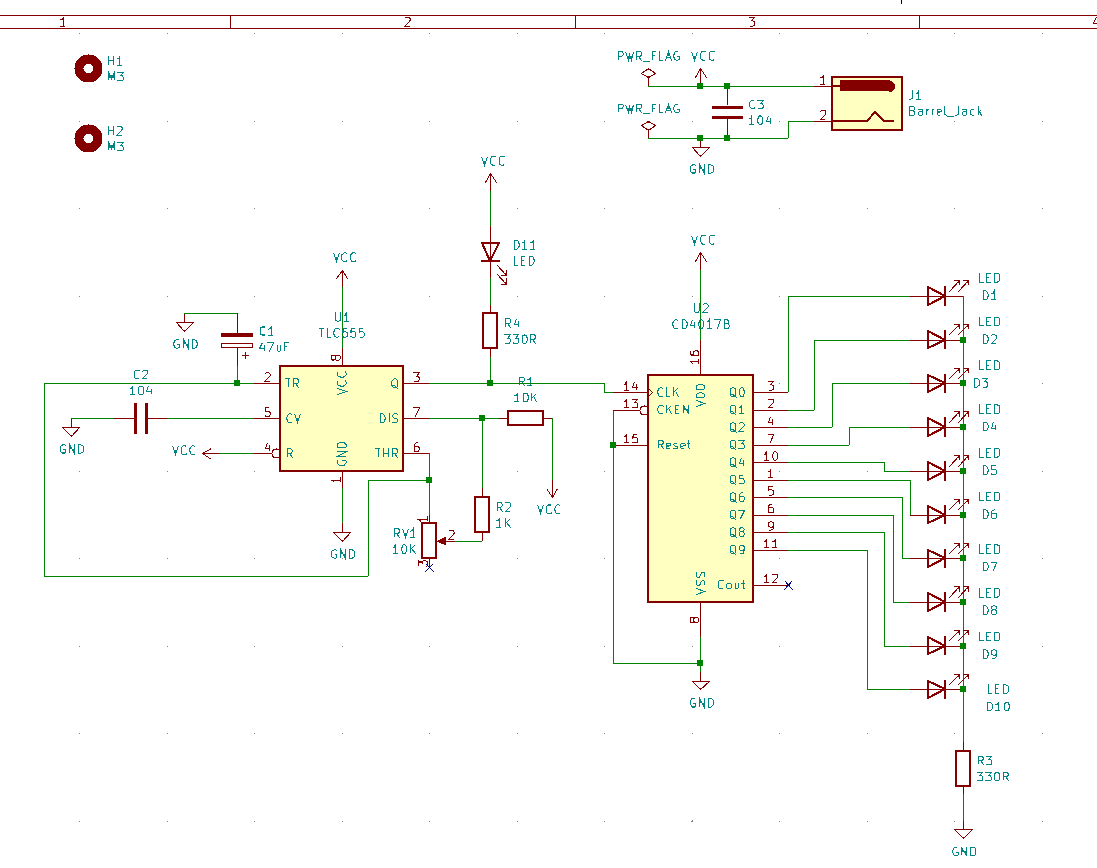Kickstart & Mirrors
Been doing a lot with Kickstart recently, as I’ve had to build some airgapped VM’s in a hurry and have gone off Ansible again. Been templating the more complex bits using j2cli and YAML, so its a bit like Ansible without the SSH - and its ready at first boot rather than afterwards. I’ve uploaded my RHEL/Alma/Rocky/CentOS 8.4 CIS-hardened kickstart to github
Oddly enough I’ve found that the SLES install being so slow in esxi appears to be SUSE (or AutoYAST?) -specific, as a RHEL 7/8 install from kickstart is almost as fast as QEMU-KVM, despite SUSE being a third the speed under esxi.
